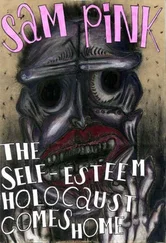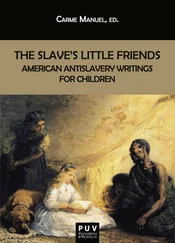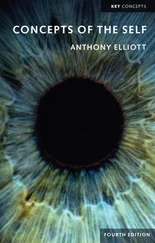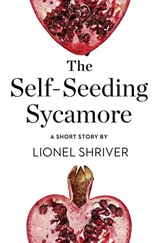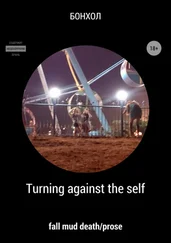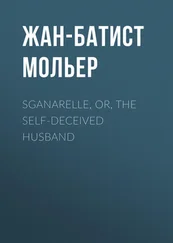What moves southern writers to tell their life stories? An obsession with the region’s past, forever doomed to explore it and interpret it in the present time, or Fred Hobson’s famed “southern rage to explain”? Most likely, both account for the urgent need to look back and dig into the recesses of memory to interrogate their past and recapture small details, the precise moments and events that were vital in shaping them or that explained who and what they really were. Whether the autobiographical impulse springs from the need to confess or justify oneself, win converts to the Abolitionist movement or narrate one’s own conversion, southern writers have felt the need to face the past, with all its secrets and burdens, and reveal their inner selves. Although the importance of autobiography in southern writing is undeniable, black and white writers have responded differently to that impulse. In canonical autobiographies like Narrative of the Life of Frederick Douglass, An American Slave , the impetus is to tell the story of a black man who frees himself from bondage to construct a new identity as a free man, a self-made man—like iconic Benjamin Franklin in his famous autobiography—but who was born a slave. Autobiographies like An Unfinished Woman or Pentimento , however, reveal the story of a woman who identifies with the dispossessed and participates in the Civil Rights movement. One thing both Frederick Douglass and Lillian Hellman have in common is that they each wrote not one but four memoirs. They both embody the autobiographical impulse to tell about the self and the South at different historical time periods, but from two different approaches. Douglass uses his autobiography to create himself “anew” as a free man, as a human being; and Lillian Hellman—with her deliberate “distortion of what happened” in Pentimento —represents what Carl Rollyson calls an “imaginative use of the autobiographical form” and therefore “a form of autobiographical fiction” (422). To put it differently, while Frederick Douglass’s slave narrative is an example of the use of autobiography as a form of self-creation , Lillian Hellman’s memoir epitomizes the use of autobiography as a form of creation or recreation , that is, a fabrication that combines autobiography with elements of fiction. Although these two impulses can be found in many southern autobiographical writings, it is true that, as Bill J. Berry notes in his Introduction to Located Lives: Place and Idea in Southern Autobiography (1990), Douglass’s Narrative is at “the roots of a southern autobiographical tradition” (xiii).
The issue of the southern autobiographical tradition is paradoxical, as it is simultaneously made up of the different impulses that have propelled it and the almost absolute absence of an impulse. In his essay “Autobiographical Traditions Black and White” in Located Lives , James Olney claims that while black writers established a strong autobiographical tradition with both slave narratives and fictional autobiography, white writers (particularly male) lack such a tradition but have channeled their autobiographical impulse through fiction. However, the similarities between blacks’ and women’s autobiographies, Olney suggests, prompt speculation that they might indeed be part of the same tradition:
I wonder if it might not be that women who write consciously and intentionally as women, black writers who write consciously and intentionally as members of a minority (and very few do not), would be included as adopting a kind of paradigmatic form that would make their individual autobiographies sound very much alike, thus establishing a generic tale and a tradition of autobiography. This is only speculation, however, and it is as such that I offer it. (“Autobiographical Traditions” 76)
In fact, the autobiographical impulse that both black and women writers in the South share is characterized by their “double-voiced discourse” and their joint struggle to make their personal stories and voices heard in what had previously been a white male-dominated literary genre. 2 This struggle also found correspondence in the demands of feminists and minorities with their emphasis on equity and social change. Few southern male white writers felt the impulse to write autobiographies, with the exception of Thomas Jefferson, Mark Twain, John Gould Fletcher, and William Alexander Percy, for example. It wasn’t until the late 1960s—with Willie Morris’s North Toward Home (1967)—and the 1970s that several male white authors started to write memoirs and deal with issues related to family, race, poverty and guilt in them—for example, Andrew Lytle’s A Wake for the Living: A Family Chronicle (1973), Will Campbell’s Brother to a Dragonfly (1977), and Harry Crews’s A Childhood: The Biography of a Place (1978), and later Melton McLaurin’s Separate Pasts: Growing Up White in the Segregated South (1987). In recent years, more male white writers have joined the body of southern life-writing, though the genre still shows an overwhelming majority of autobiographies and different kinds of memoirs written by southern African Americans and women writers.
Bill J. Berry, noted scholar and the editor of Home Ground: Southern Autobiography (1991), has also written about the autobiographical impulse of southerners. In his entry on “Autobiographical Impulse,” printed first in Southern Cultures (2000) and later included in Joseph M. Flora and Lucinda H. MacKethan’s The Companion to Southern Literature (2002), he traces its origins and notes its differences with the general American autobiographical impulse, more concerned with the exaltation of the individual than with the celebration of community, as in the case of southern autobiography, however tragic and painful this aspect might have been historically. “Of the existence of an impulse,” according to Berry, “there can be little doubt. It helps explain the meandering, anecdotal style of southern conversation. It’s central to the southern habit of storytelling” (78). Although Berry acknowledges that autobiography may well be the dominant form of expression in American literature, he also suggests that southern autobiography represents what one might call, for better or worse, the Mason-Dixon version of a national model of personal narrative. For Berry, “southern personal narrative is a conversation, often heated, within the self, between the self and the community, between the South and the country, and with those outsiders within, the other race” (79).
Other scholars have also discussed the autobiographical urge in southern writers. “This impulse,” as Lewis P. Simpson argues in Berry’s Home Ground , “reveals itself in more or less incidental ways in the case of white southern writers,” who are less prone to “formal autobiography” (65) but find in novels “the most distinguished fulfillment of the impulse to autobiography” (71). For Simpson, the main reason for this is the inability of authors like Thomas Jefferson, James Madison and Allen Tate “to reconcile the private and the public significance” of their lives and family history, in which slaves were—though not officially recognized as such—part of the family. Simpson explores “the complex autobiographical fable” of Southern Renaissance writers in his 1994 study The Fable of the Southern Writer (xv), to uncover the autobiographical motive so “compellingly present” in the novels of Faulkner, Madox Roberts, Tate, Warren and Percy. In his entry on “Autobiography” included in The Companion to Southern Literature , Timothy Dow Adams concludes that
James Olney may be right in suggesting that there is no southern white autobiographical tradition in the sense that there are no major autobiographies from which all others are derived, no major texts that all southern autobiographers must take into account—in short, no autobiographical equivalent to Faulkner. (84)
Читать дальше

